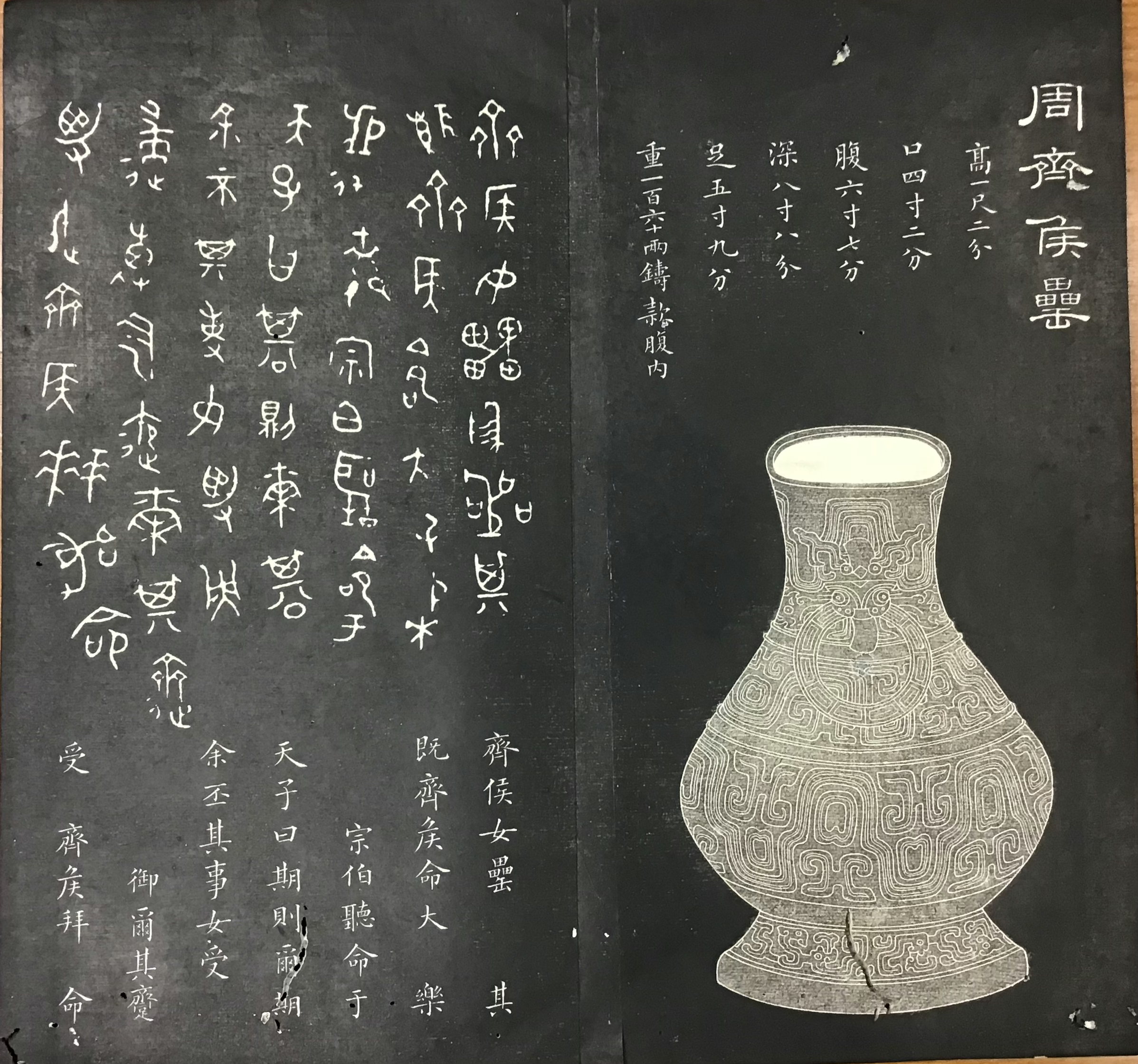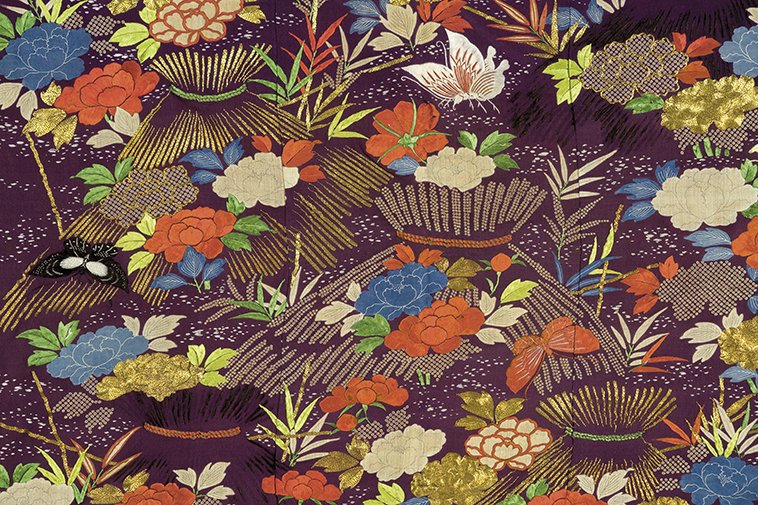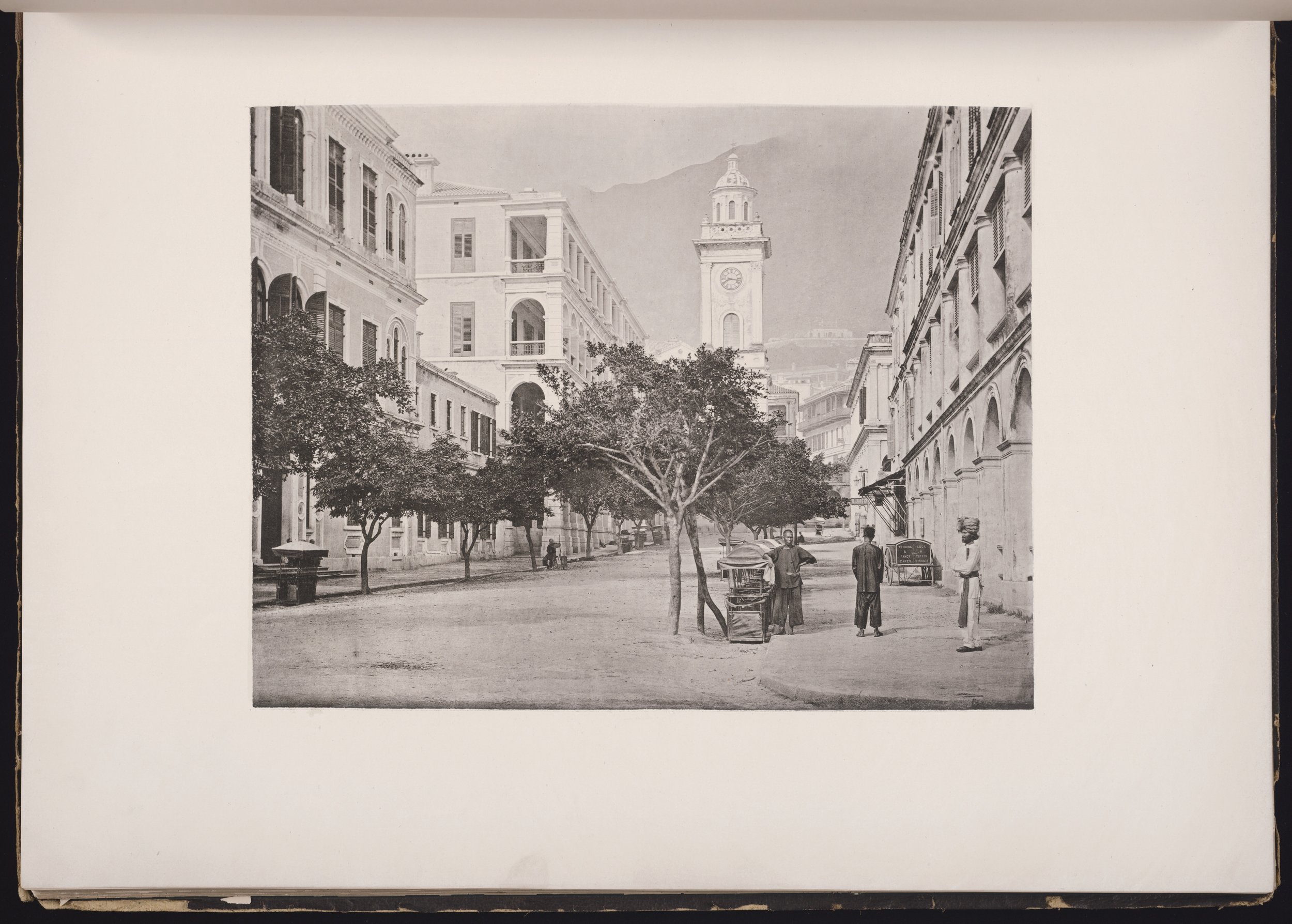Highlights

Gazing at Sanxingdui: Interactions and Ritual Arts
The Sanxingdui site (c. 2500–900 BCE), located about forty kilometres north of Chengdu in Sichuan province, China, has been the focus of some of the most exciting archaeological work being done in China over the past three decades. In 1986, with the discovery of two pits containing tens of thousands of objects made from bronze, gold, and jade.

‘To praise it, one need only say it was from China’: Chinese Textiles in Portugal in the Early Modern Period
A significant number of Chinese textiles, dating mainly from the 17th and 18th centuries, can be found in Portuguese collections—both public and private—often existing in their original contexts of use. They are the result of the production and trade of Chinese textiles for the Portuguese market during the early modern period—and the enduring popularity those textiles experienced from the moment of their introduction.

Ubiquitous Trees and Snakes—Early Buddhist Imagery of Āndhradeśa
The early Buddhist art of Āndhradeśa, in the southeastern Deccan, is dominated by both symbolic and figurative representations of the Buddha and by the depiction of elaborate narratives—jātakas and avadānas—recounting the lives of past bodhisattvas and that of the historical Buddha. Yet there is another, no less pervasive presence in early Andhra Buddhist art, that of tree and snake imagery.

The Art of Mounting Calligraphy and Painting in the Court of Qianlong
The mounting of calligraphy and painting at the imperial courts of past dynasties often developed in line with emperors’ personal preferences and the courts’ creation and collection of calligraphy works and paintings. For example, during the Xuanhe period of the Northern Song dynasty (960–1127), Zhao Ji, the Huizong emperor (r. 1100–26), was addicted to calligraphy and painting art, being outstanding in these two fields himself.

Tao Yuanming Returning to Seclusion: The Tale of Charles Lang Freer’s ‘Most Interesting and Beautiful Scroll’
If narrative paintings could talk, Tao Yuanming Returning to Seclusion (Fig. 1, section 1) would have multiple stories to tell—starting with how it came to be part of the first major American collection of early Chinese paintings, assembled by the Detroit industrialist Charles Lang Freer (1854–1919), who donated his collection to the Smithsonian Institution and founded the Freer Gallery of Art.

Canton Enamels: Markets and Patronage
A Western art form imported to China after the opening of the seas, painted enamel metalwares evidence the exchange and interaction of personnel, techniques, raw materials, and artistic styles among the court, Guangzhou (Canton), and Jingdezhen, with forms, designs, and colours provided by both China and the West. Enamels were regarded as a rarity from the East that enchanted nations, winning acclaim in foreign lands and places.

Historical Mapping of Guangdong and Guangzhou
Historical maps of Guangdong, a seaboard province in southern China, belong within several map lineages associated with Ming (1368–1644) and Qing (1644–1911) cartographic projects that include new surveys as well as those related to maritime trade and coastal defence of the region. The numerous large and small ports along its coast have long participated as terminal and transit points in many maritime trade routes; meanwhile, its largest coastal city, Guangzhou (Canton), has long been an important trading and diplomatic port.

Chinese Trade in the Red Sea: Two Shipwrecks with Yuan Blue-and-White Porcelains
Shards of Chinese ceramics, from the Tang (618–907) through the Qing (1644–1911) dynasty, have been excavated in various harbours and emporiums of the Persian Gulf, Oman, Yemen, Red Sea, and western Africa, showing that the commerce connecting East and West through the Red Sea was continuing to follow the trading routes already established in the Roman period.

Morphing Landscape: Hong Xian’s Ink Abstraction
In the second half of the 20th century, Houston-based artist Hong Xian (Margaret Chang, b. 1933) crafted a remarkable corpus of abstract ink paintings. By the late 1970s, her work had reached a wider audience in the United States through solo touring exhibitions organized by Chu-tsing Li (1920–2014), a Chinese American art historian and active promoter of young modernist artists from Taiwan and the United States.

Royal Bronzes of Angkor, an Art of the Divine
Pierre Baptiste, David Bourgarit, Brice Vincent, Thierry Zéphir
Angkor, the capital of the Khmer kingdom for more than six centuries (9th–15th century), has preserved from its past glory monumental remains of incomparable magnitude and beauty. The architecture of the temples and the stone statues installed inside have been celebrated many times and are part of the heritage of humankind. But did you know that these grandiose Hindu and Buddhist sanctuaries, now empty, once housed a considerable number of deities, especially the main cult images, made of precious metal (gold, silver, and bronze, the latter often gilded) and had numerous accessories of daily rituals and other decorations, also made of metal? All these elements appear furtively on certain bas-reliefs, but their existence is mainly revealed in the Sanskrit and Khmer inscriptions written on the walls and steles of the temples.

Solace in Painting? Diasporic Artists and the Market for Conflict
Solace in Painting explores the foundational question of how we raise awareness about and effectively characterize the artwork of conflicted artists of the diaspora who never produced overt ‘conflict art’. This question is examined through the lives and artwork of three Asian diasporic painters: Chao Shao-an (also known as Zhao Shao'ang, 1905–1998, Keisho Okayama (1934–2018), and Ann Phong (b. 1957).

Shokoku-ji Jotenkaku Museum 40th Anniversary Exhibition, Legacy of Zen Temples: Shokoku-ji, Kinkaku-ji and Ginkaku-ji, Kyoto
Over the centuries, Zen Buddhism and its institutions have served as a catalyst for the creation and preservation of Japanese art. Zen monasteries have built up extraordinary collections of artworks and transmitted them from generation to generation. This is especially the case for one of the most prominent monasteries in Japanese history, Kyoto’s Shōkoku-ji.

Staging the Supernatural: Ghosts and the Theatre in Japanese Prints
The exhibition ‘Staging the Supernatural: Ghosts and the Theater in Japanese Prints’ is currently on view in Washington, DC, at the Smithsonian’s National Museum of Asian Art (NMAA; 23 March–6 October 2024). The origin of the exhibition dates back more than fifteen years but was buoyed into reality by two major acquisitions.

From Cocoons to Kaftans: Splendid Silks at the Sogdian Court in Samarkand
For those interested in the history of silk and the movement of materials, techniques, and motifs along the Silk Roads, the 7th century wall painting programme from the so-called ‘Hall of Ambassadors’ in the Sogdian city of Samarkand (in present-day Uzbekistan) offers a rich source of illuminating knowledge.

Village Abstraction: Patchwork Textiles in Rural China
The historical trail of these Chinese patchworked textiles winds back almost two thousand years, with the entrance of Buddhism to China, and back at least another five hundred years in India. The tradition carried with it not only the concept of stitching together fabric scraps but also layers of meanings attached to such assembling.

Splendid Patchwork: Buddhist Monastic Robes from Minneapolis Institute of Art
The Minneapolis Institute of Art (Mia) has cultivated a distinguished collection of Chinese art with notable strengths in several areas. Qing dynasty (1644–1911) silk textiles are represented with nearly one thousand works, comprising one of the largest and best collections in the West.

Friendship, Network, and Self-Fashioning in Cao Zaikui’s Catalogue of Ancient Bronzes
Antiquarianism (jinshixue) established itself as a respected academic discipline in the Song dynasty (960–1279) and gained significant prominence in the 19th century. Following the reign of the emperor Jiaqing (1796–1820), more scholars collected and published bronze and stone inscriptions to verify and supplement classical and historical records found in transmitted texts.

Japanese Gift Covers from the Chris Hall Collection
In Japan, squares of lined silk called fukusa were used to cover and exchange formal gifts. Exquisitely embroidered, woven, painted, and dyed, fukusa are some of the finest examples of Japanese textile artistry.

On the Trail of Treasure from China’s Lost Summer Palace
Understanding and uncovering where these artworks went after the looting is a fascinating exercise in detective work that runs through libraries, palaces, auction archives, museums, and private houses around Europe and the United States.

John Thomson’s Photography of Hong Kong: Picturesque Landscape and ‘Types’
Born in Edinburgh, John Thomson (1837–1921) was a Scottish geographer, traveller, and photographer. He was the first known photographer to document China and, unlike most Western photographers of the time who stayed in the coastal treaty ports, he travelled to the interior of China.
